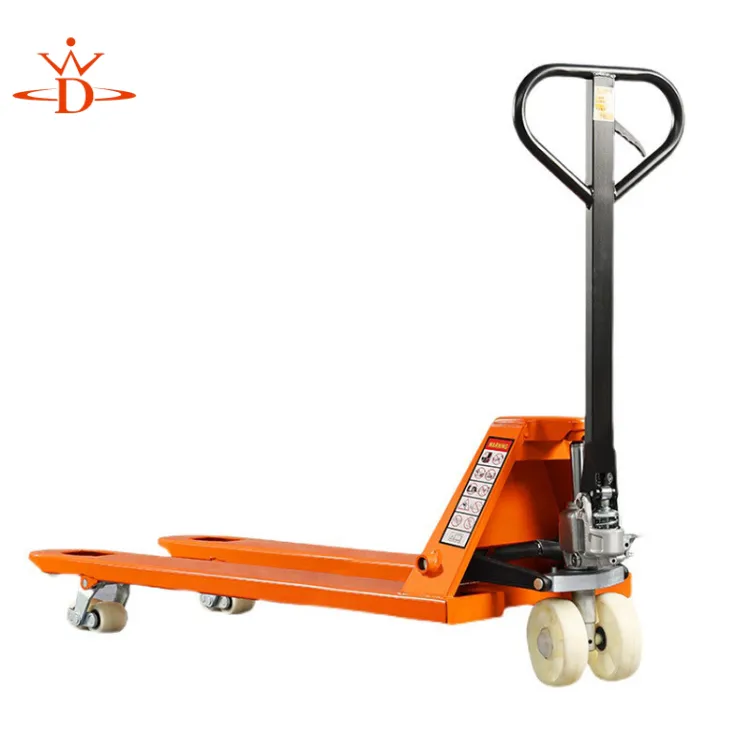Overhead Gantry Solutions for Efficient Material Handling and Transportation in Warehouses
Overhead Gantry A Versatile Solution for Modern Lifting and Transport Needs
In recent decades, the construction and manufacturing industries have witnessed a significant transformation in their operational methodologies, largely driven by advancements in technology and engineering solutions. Among these innovations, the overhead gantry stands out as a versatile and efficient tool for lifting and transporting materials across various environments. This article explores the features, advantages, applications, and safety considerations of overhead gantries, illustrating their crucial role in contemporary industrial operations.
What is an Overhead Gantry?
An overhead gantry is a type of crane or lifting system that consists of a framework or structure, typically built with steel, mounted on wheels or tracks. This framework supports a hoisting mechanism that can move horizontally along the length of the gantry, allowing for the lifting and lowering of heavy loads. The design of overhead gantries can vary from simple single-beam structures to complex multi-beam systems, depending on the specific requirements of the task at hand.
Key Features and Benefits
One of the hallmark features of overhead gantries is their ability to maximize space utilization. By operating from above, they free up valuable floor space, crucial in environments where every square meter counts. This feature is particularly beneficial in warehouses, manufacturing facilities, and construction sites, where ground-level movement is often restricted.
Another significant advantage of overhead gantries is their maneuverability. Many gantry systems are equipped with wheels or tracks, allowing operators to adjust their position easily according to the layout of the workspace. This flexibility ensures that loads can be moved precisely where they are needed, minimizing time and effort.
Safety is a paramount concern in any lifting operation, and overhead gantries are designed with numerous safety features. These include overload protection mechanisms, emergency stop buttons, and limit switches that prevent over-travel, ensuring the security of both the operators and the materials being handled.
Applications of Overhead Gantries
over head gantry

Overhead gantries are utilized across a wide spectrum of industries. In manufacturing, they are instrumental in lifting heavy machinery components and transporting them between different workstations. Their efficiency contributes significantly to throughput and workflow optimization within factories.
In construction, overhead gantries play a vital role in lifting structural elements, such as beams and prefabricated panels, to significant heights. This functionality is essential for modern building techniques that often require complex lifting operations. Furthermore, overhead gantries can be adapted to cater to specific project demands, making them an invaluable asset on any construction site.
Moreover, the logistics and shipping industries have adopted overhead gantries for loading and unloading cargo containers from ships or trucks, streamlining operations at ports and distribution centers. Their capacity to handle heavy loads while navigating confined spaces is unparalleled, making them indispensable for transportation operations.
Safety Considerations
Despite their advantages, the operation of overhead gantries requires strict adherence to safety protocols. Operators must be thoroughly trained in the correct use of the equipment and be aware of the load limits. Regular maintenance checks are essential to ensure the structural integrity and functionality of the gantry system. Furthermore, proximity sensors and visually clear signage can help mitigate the risks associated with overhead lifting.
In addition, proper communication between ground personnel and operators is crucial to avoid accidents. The implementation of a buddy system or the use of hand signals can help coordinate movements when lifting large items, ensuring that everyone involved is aware of the operation's status.
Conclusion
Overhead gantries represent a fundamental advancement in lifting and material handling technologies. Their versatility, efficiency, and safety features make them indispensable in a variety of sectors, including manufacturing, construction, and logistics. As industries continue to evolve and embrace new technologies, the overhead gantry will undoubtedly remain a critical component of operational workflows, enabling companies to increase productivity while maintaining high safety standards. For businesses looking to optimize their lifting and transport processes, investing in a reliable overhead gantry system can be a transformative decision that yields significant returns in efficiency and performance.
-
Unlock Seamless Relocation with Our Heavy Equipment Moving ExpertiseNewsJun.06,2025
-
Unleash Unrivaled Flexibility with Our Adjustable Gantry CraneNewsJun.06,2025
-
Unleash Heavy-Duty Efficiency with Our Industrial Gantry Crane SolutionsNewsJun.06,2025
-
Revolutionize Steel Handling with Our Magnetic Lifter RangeNewsJun.06,2025
-
Master Equipment Mobility with Premium Machinery Mover SolutionsNewsJun.06,2025
-
Elevate Your Material Handling with Magnetic Lifter TechnologyNewsJun.06,2025
-
YS Permanent Lifting Magnets: The Smarter Way to Handle SteelNewsMay.22,2025
